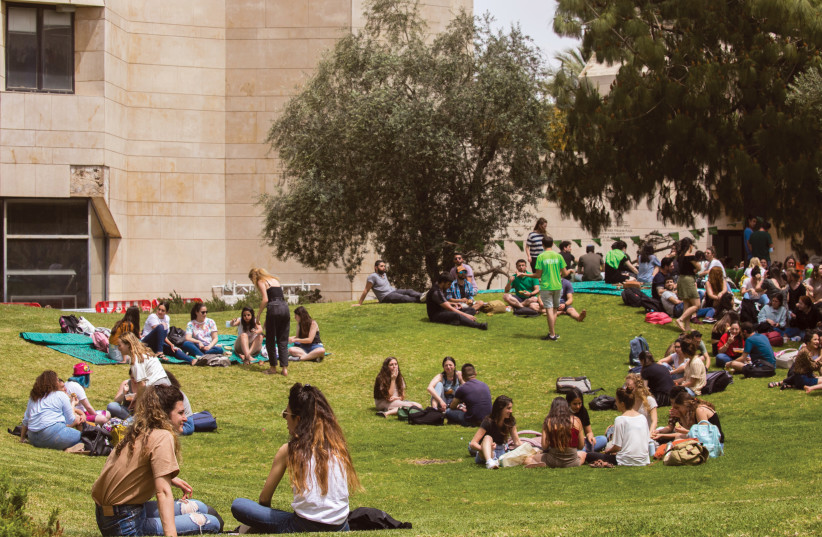A Hebrew University of Jerusalem (HU) neurological study has developed a new method of analyzing samples of the brain’s white matter — something that was previously difficult to do — according to a study published in the peer-reviewed journal Science last Thursday.
The study was led by Prof. Aviv Mezer and Dr. Roey Schurr.

Mezer and Schurr describe that by using the nearly 140-year-old “Nissl Stain Method”, which is ubiquitous in the study of neurons in the human brain, they can more easily inspect cells in the white matter, which is mostly made up of nerve fibers and a group of cells known as glia.
The HU team is the first to use Nissl stained brain slices to reveal fiber pathways in white matter.
This new technique, named “Nissl-ST” (Nissl-based Structure Tensor) by HU researchers, can be applied to any brain slices that have undergone Nissl staining. Nissl staining is also widely available and universally used, so this breakthrough in white matter research will help research teams across the globe unearth their own discoveries.
The new method was discovered when, during Schurr’s tenure in Prof. Mezer's lab as a doctoral student, he decided to look at some pictures of Nissl-stained brain tissue. To his surprise, he noticed that the glial cells formed a pattern of short rows, seemingly aligning with the local nerve fibers.
"It was just curiosity," explains Schurr. "Textbooks are full of illustrations, but I wanted to understand what the white matter of the brain actually looked like."
Schurr and Mezer then realized that by using simple image processing tools, they could utilize the patterned cell structure to uncover the white-matter architecture.
"I was amazed when we first applied this technique to a Nissl-stained slice of the brain,” Prof. Mezer added. “We immediately recognized it as an important piece of the puzzle that scientists have been searching for in the study of white matter.”
"The application of Nissl-ST," says Mezer, "has great potential for future studies of white matter in normal brain development, (as well as) aging and pathological states that affect white matter, such as neurodegeneration and schizophrenia.”
